By 1974 , through the activities of our army and people on the battlefield, the situation of the Saigon puppet army in the South became increasingly passive and confused in terms of operations and force building, while US aid was decreasing, so the equipment and fighting strength of the main force of the Republic of Vietnam was reduced.
As for us, from the end of 1973 to the beginning of 1974 , the army and people in the South continued to gain very important victories on the military, political and anti-pacification fronts of the enemy, thereby creating a new position and strength for the struggle to unify the country. In January 1975, the Politburo and the Central Military Commission met and made a strategic determination to liberate the South in the two years of 1975 - 1976. At the same time, we also planned an extremely important plan: "If the opportunity comes in early or late 1975, then immediately liberate the South in 1975". Determining the strategic direction of attack and the specific tasks of each battlefield, the Politburo required proactively seizing strategic opportunities, preparing to fight in both strategic directions: the Central Highlands (focusing on the Southern Central Highlands) is the important and main strategic direction; the Southeast is the final decisive direction. Conquering the Central Highlands will create a chain reaction and favorable conditions for us to organize the next campaigns, strategically divide the enemy and rapidly develop towards Saigon.
On January 9, 1975 , the Central Military Commission Standing Committee met to disseminate and organize the implementation of the Politburo Resolution on the Central Highlands Campaign. At the meeting, the intention to liberate Buon Ma Thuot was clearly formed and the Central Highlands Campaign was officially decided to be launched with the code name "Campaign 275".
The Central Highlands is an important strategic area, so the enemy paid great attention to military activities to crush the revolutionary movements of the three Indochinese countries, preventing our support from the North and from the mountains to the plains. Along Route 14 was a system of military bases, including division and corps-level bases that were firmly organized into basic defense lines as the core of the enemy's defense system in the Central Highlands.
The enemy forces in the Central Highlands included the 2nd Corps of Military Region 2 (headquartered in Pleiku) and reinforcements including the 23rd Infantry Division and 7 commando battalions, 36 security battalions, 1 armored brigade, 230 large artillery pieces, and 1 air division. Before the day we opened fire to start the campaign, the enemy concentrated 8/10 regiments in the Northern Central Highlands (Pleiku, Kon Tum), while the Southern Central Highlands (especially Buon Ma Thuot) was considered the rear area, with a thinner force deployment.
After deciding to launch the Central Highlands Campaign, the Politburo and the Central Military Commission decided to establish the Party Committee and Command of the Central Highlands Campaign and appointed Lieutenant General Hoang Minh Thao as Commander and Colonel Dang Vu Hiep as Political Commissar and Secretary of the Campaign Party Committee. The Regional Party Committee of Zone 5 assigned Comrade Bui San, Deputy Secretary of the Regional Party Committee, and Comrade Nguyen Can, Secretary of the Dak Lak Provincial Party Committee, to accompany the Party Committee and Command of the Campaign to directly direct the provinces to closely coordinate with the main force in preparation as well as in combat. The representative unit of the Military Commission and the General Command, chaired by Comrade General Van Tien Dung, was also located in the Central Highlands to directly command the campaign.
Our forces participating in the campaign included infantry divisions (10, 320, 316, 3 and 968); four infantry regiments (25, 29B, 271, 95A); Special Forces Regiment 198; two special forces battalions (14, 27); two artillery regiments (40, 675); three air defense regiments (232, 234, 593); Armored Tank Regiment 273; two engineering regiments (7, 575); Information Regiment 29; Automobile Transport Regiment and armed forces of Dak Lak, Kon Tum and Gia Lai provinces.
Source: https://baodaknong.vn/chien-dich-tay-nguyen-249264.html


![[Photo] National Assembly Chairman Tran Thanh Man attends the summary of the organization of the Conference of the Executive Committee of the Francophone Parliamentary Union](https://vstatic.vietnam.vn/vietnam/resource/IMAGE/2025/4/15/fe022fef73d0431ab6cfc1570af598ac)

![[Photo] Prime Minister Pham Minh Chinh holds talks with Ethiopian Prime Minister Abiy Ahmed Ali](https://vstatic.vietnam.vn/vietnam/resource/IMAGE/2025/4/15/4f7ba52301694c32aac39eab11cf70a4)
![[Photo] Welcoming ceremony for Prime Minister of the Federal Democratic Republic of Ethiopia Abiy Ahmed Ali and his wife](https://vstatic.vietnam.vn/vietnam/resource/IMAGE/2025/4/15/77c08dcbe52c42e2ac01c322fe86e78b)
![[Photo] General Secretary To Lam receives Ethiopian Prime Minister Abiy Ahmed Ali](https://vstatic.vietnam.vn/vietnam/resource/IMAGE/2025/4/15/086fa862ad6d4c8ca337d57208555715)
![[Photo] The two Prime Ministers witnessed the signing ceremony of cooperation documents between Vietnam and Ethiopia.](https://vstatic.vietnam.vn/vietnam/resource/IMAGE/2025/4/15/16e350289aec4a6ea74b93ee396ada21)
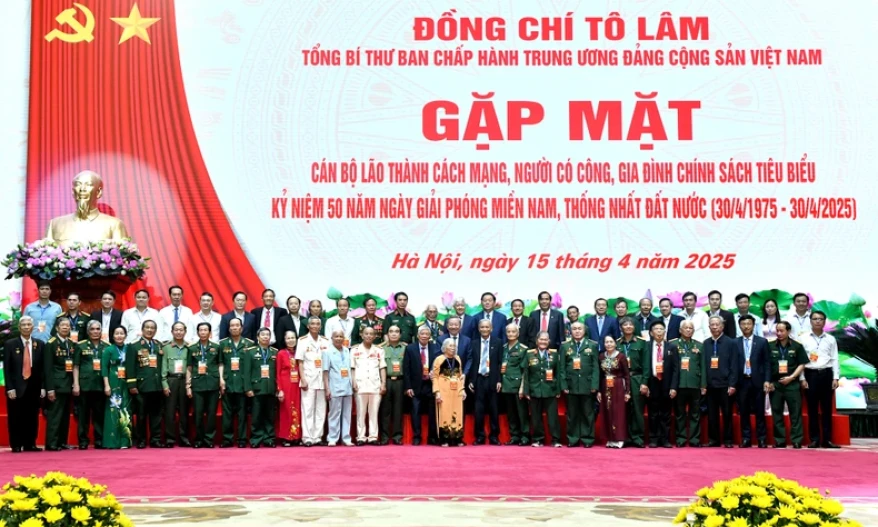

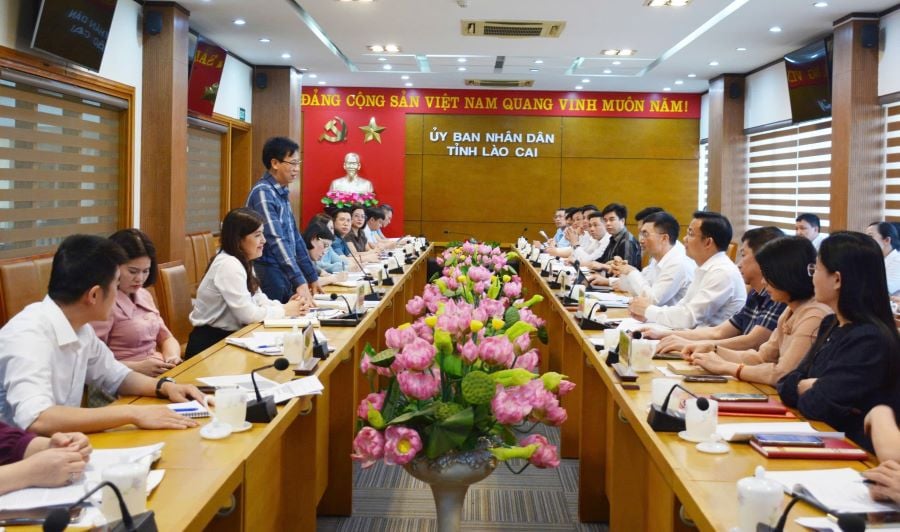
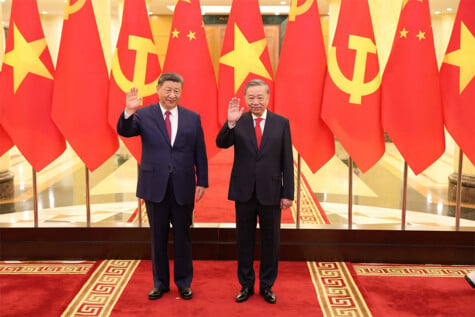

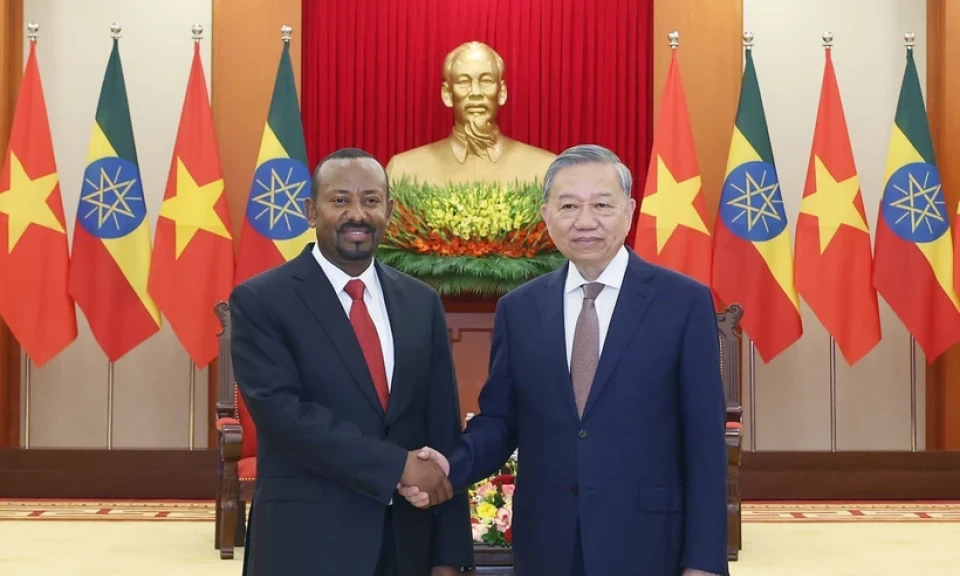

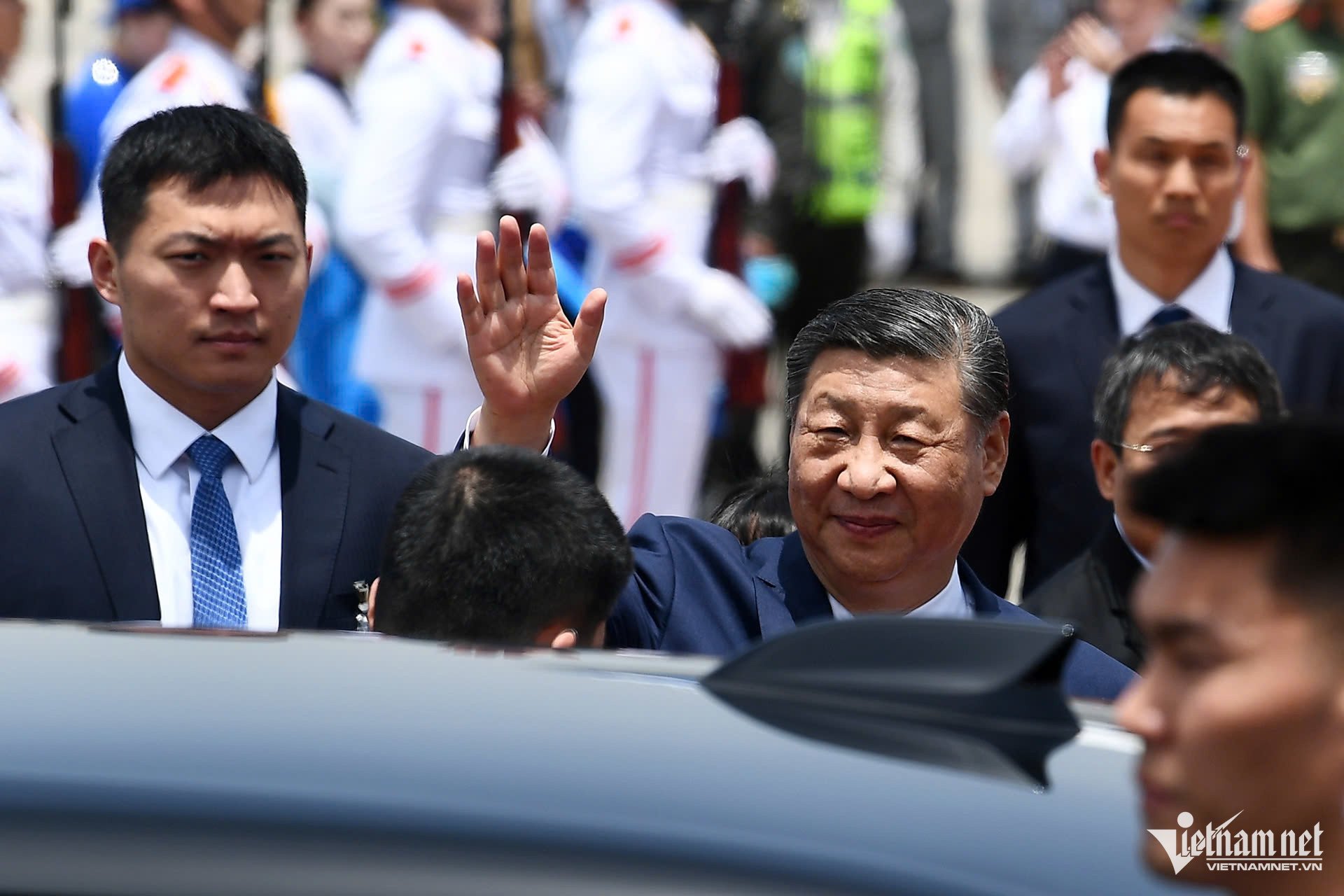
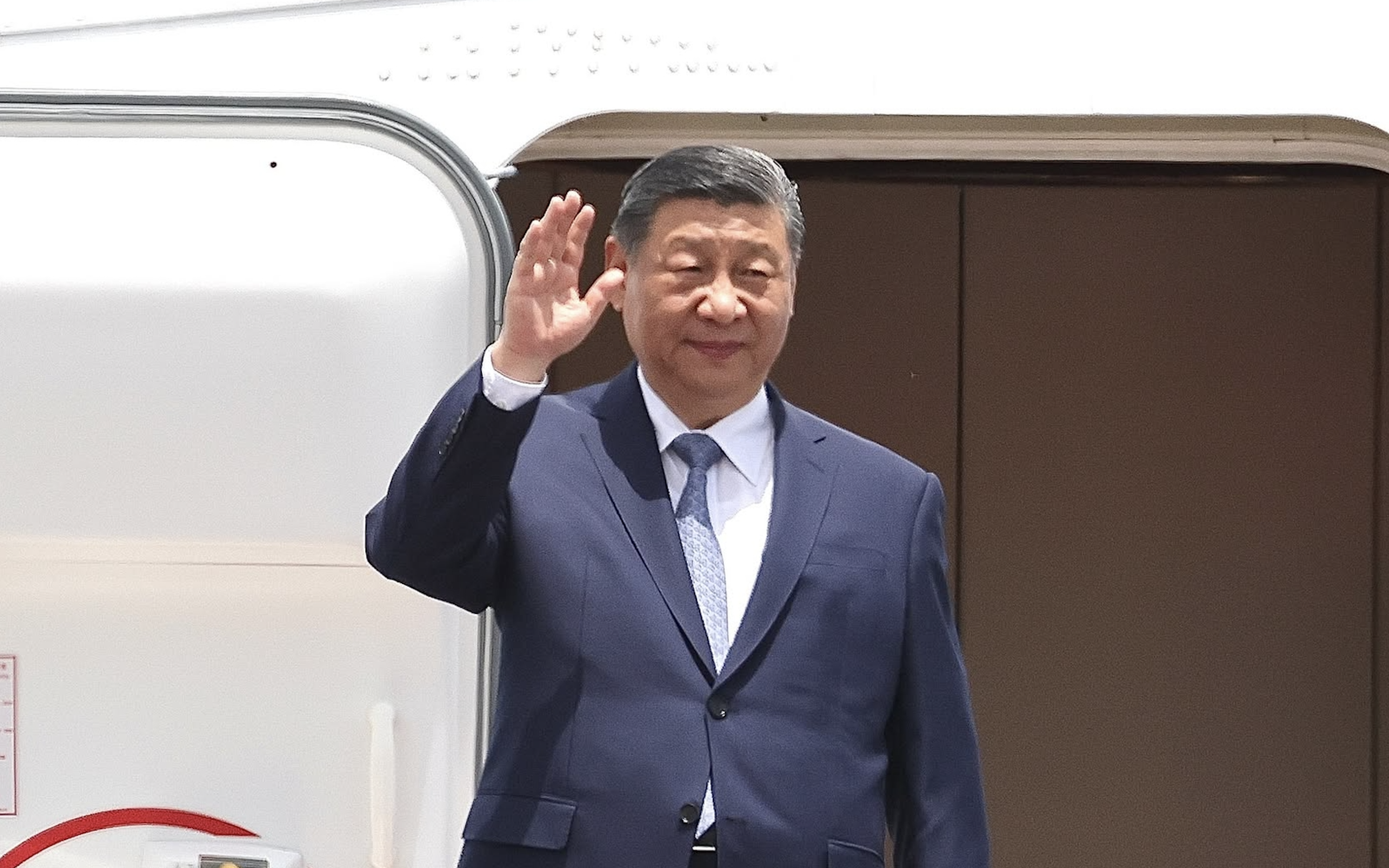
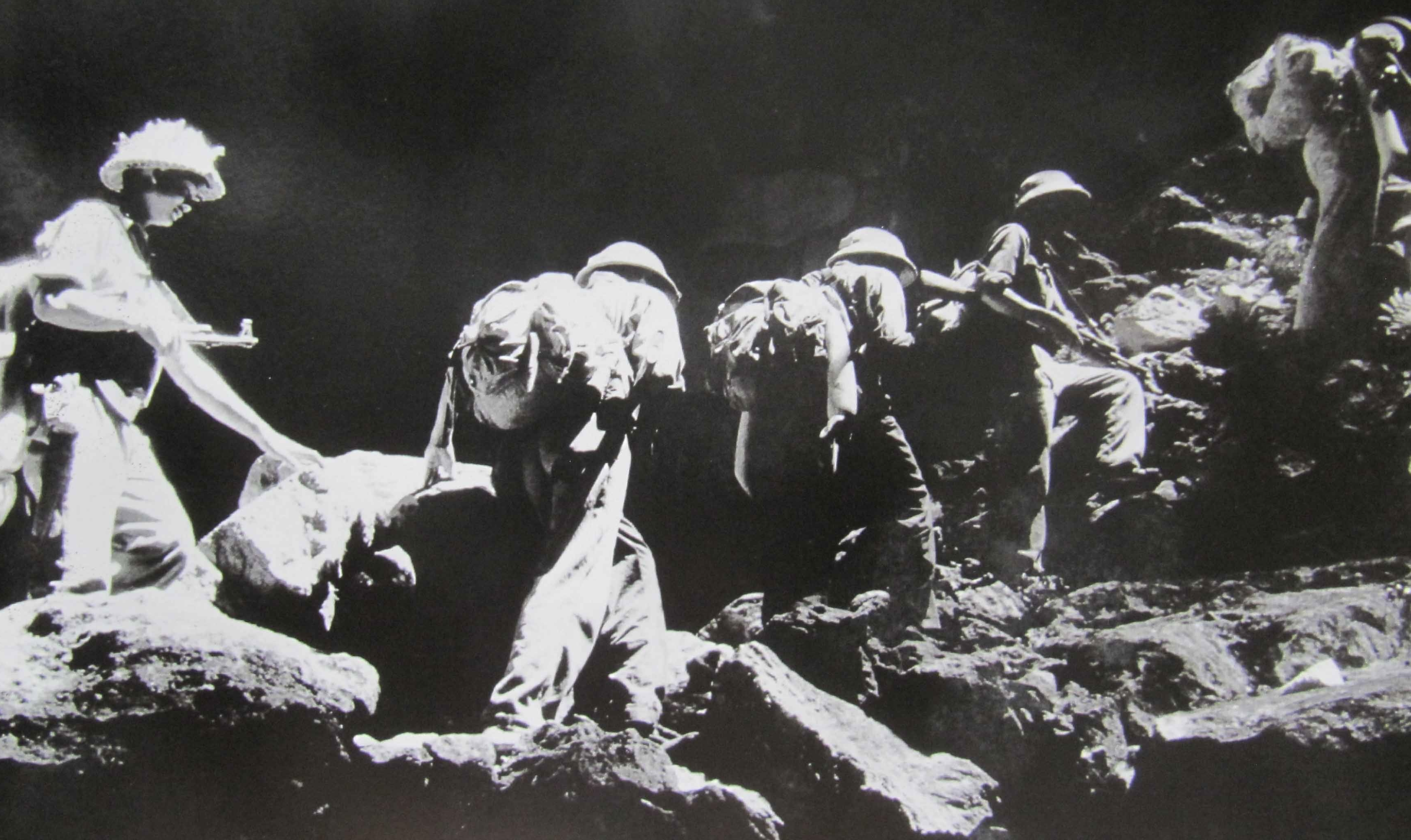
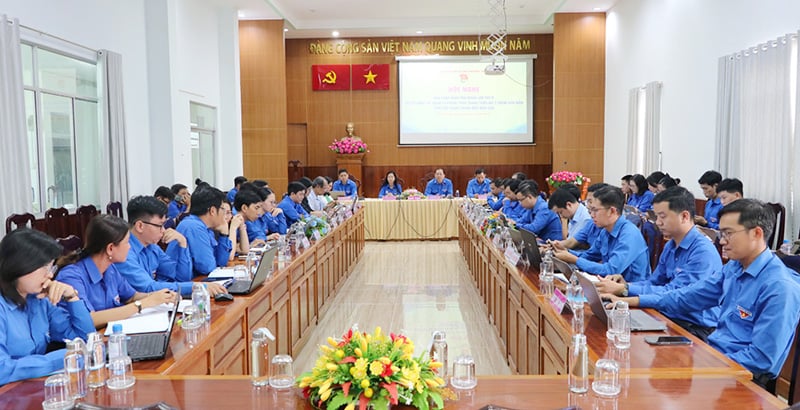
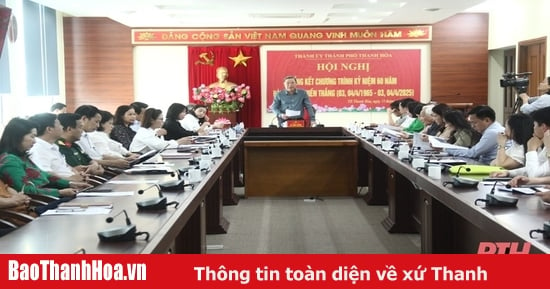
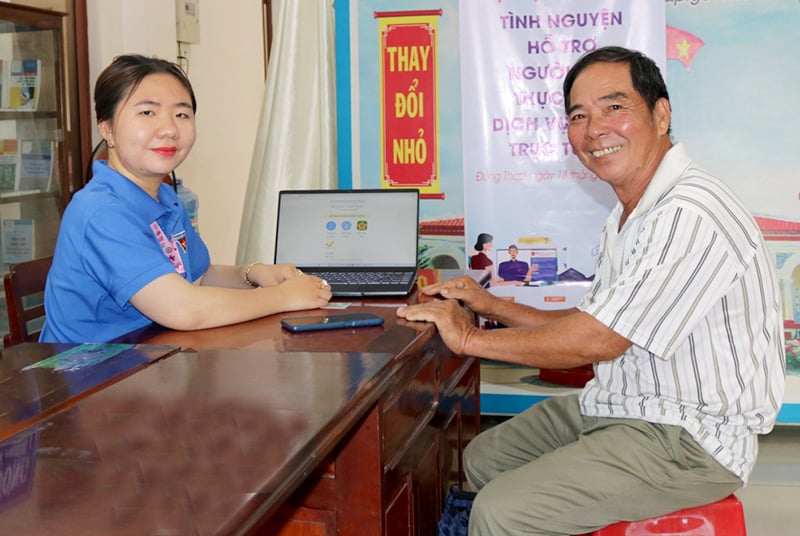
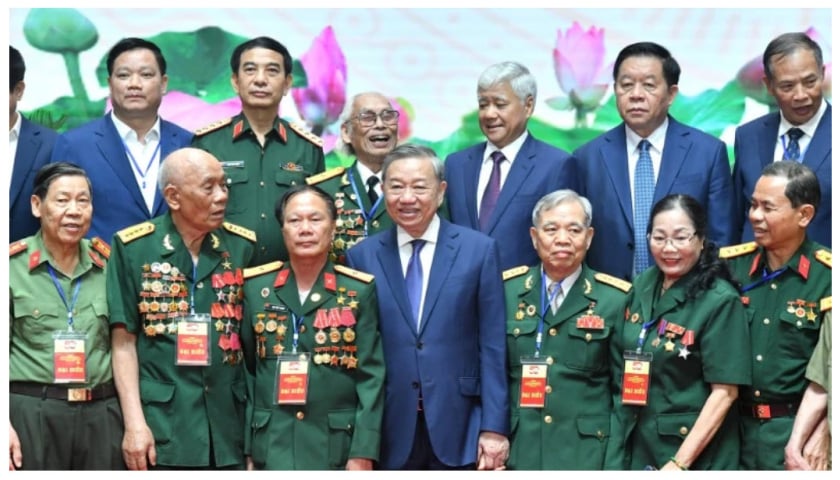
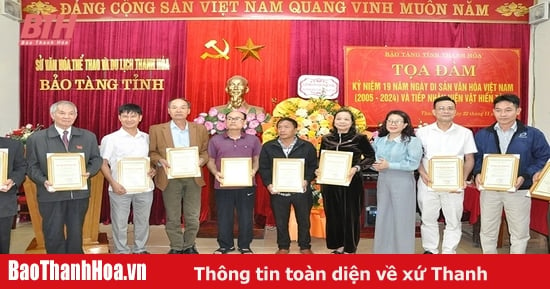
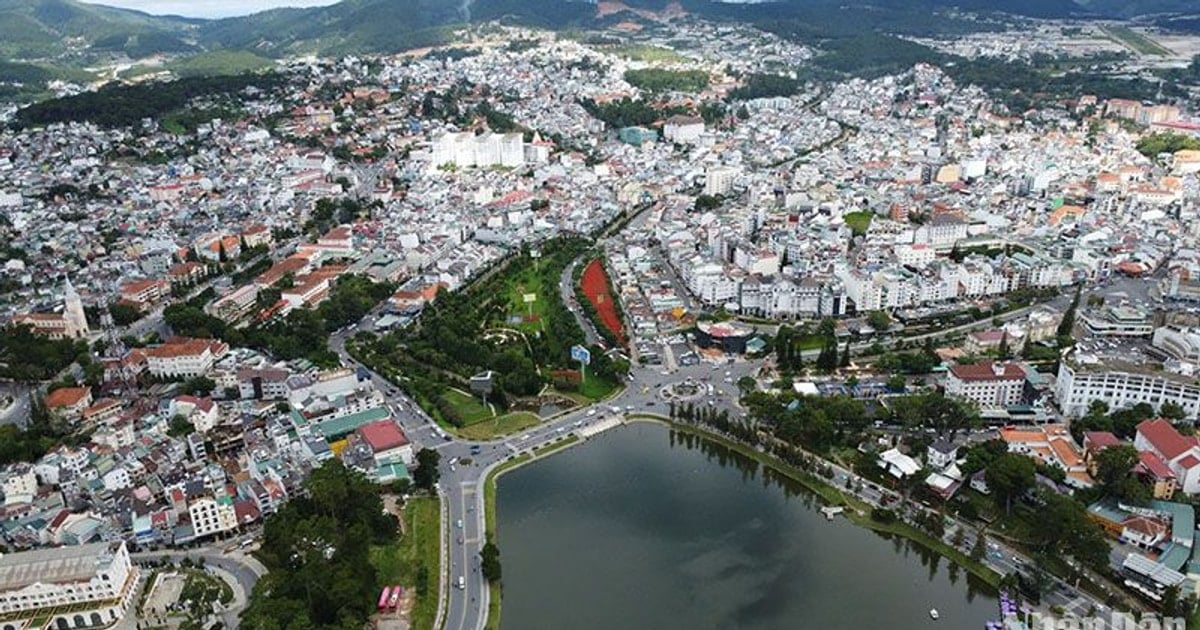
![[Photo] General Secretary To Lam meets with veteran revolutionary cadres, meritorious people, and exemplary policy families](https://vstatic.vietnam.vn/vietnam/resource/IMAGE/2025/4/15/7363ba75eb3c4a9e8241b65163176f63)
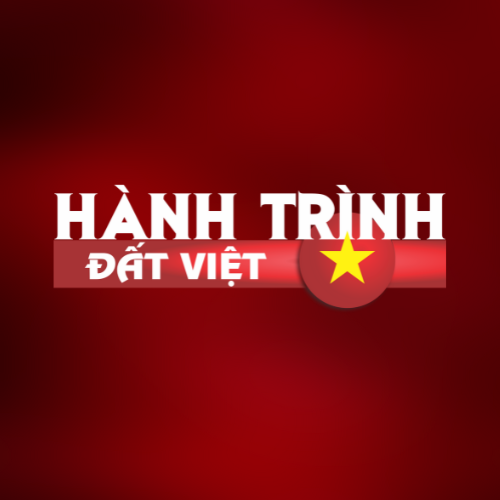




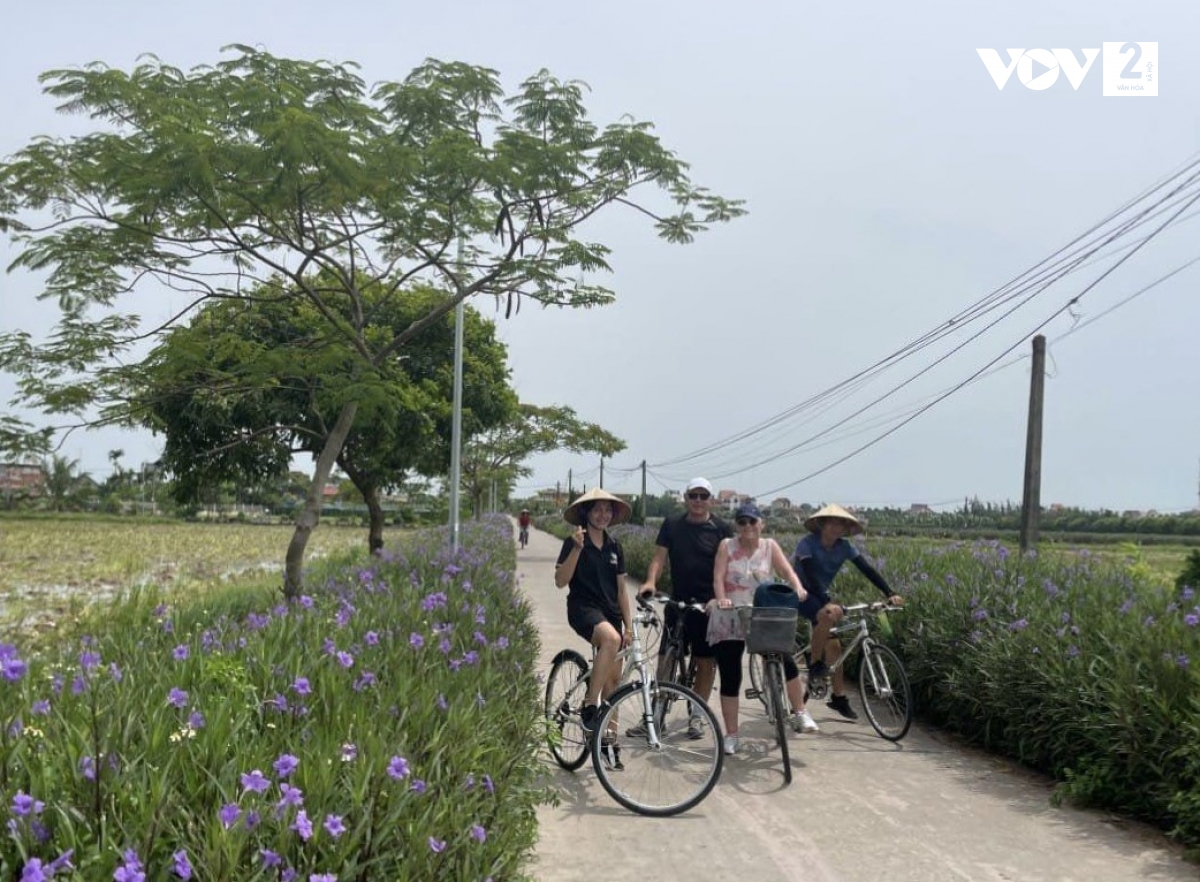

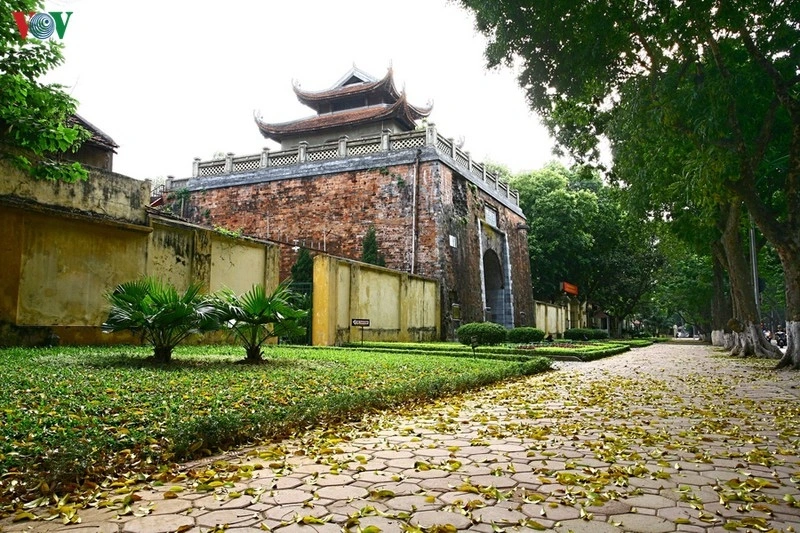
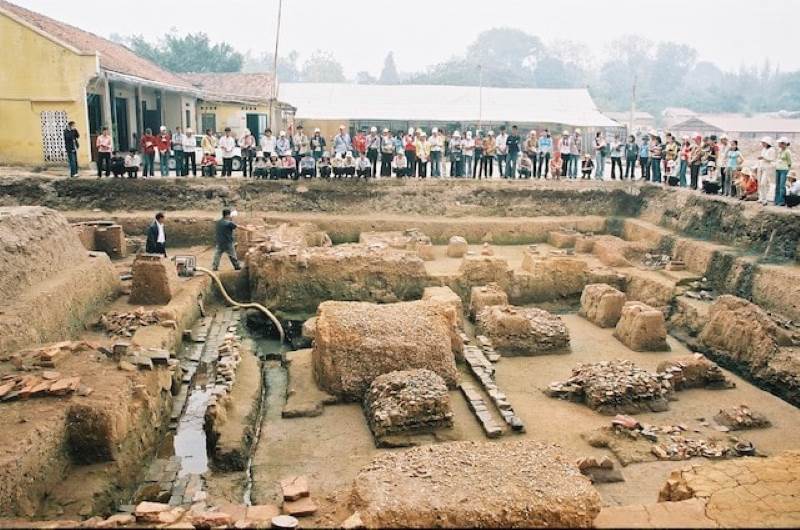

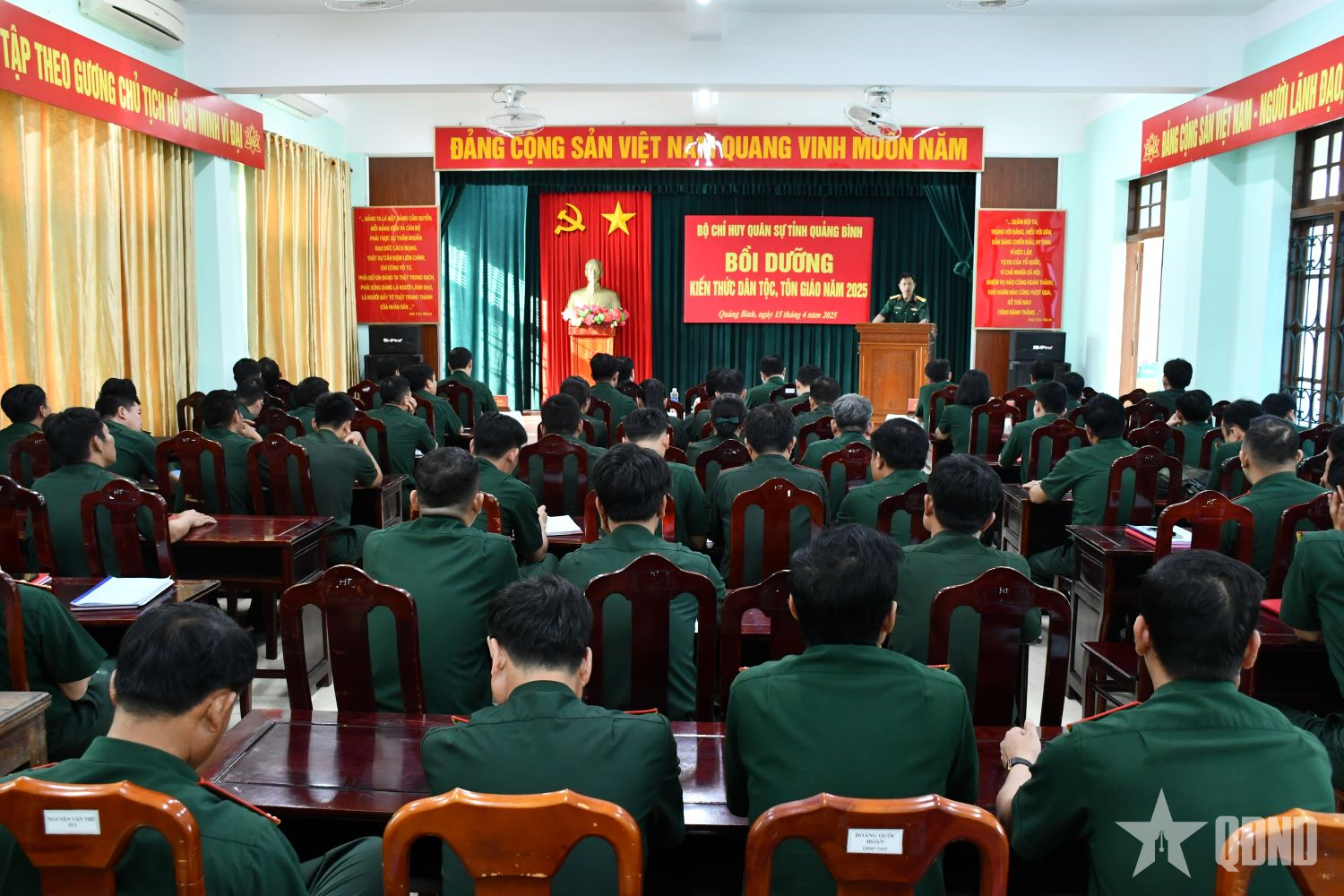

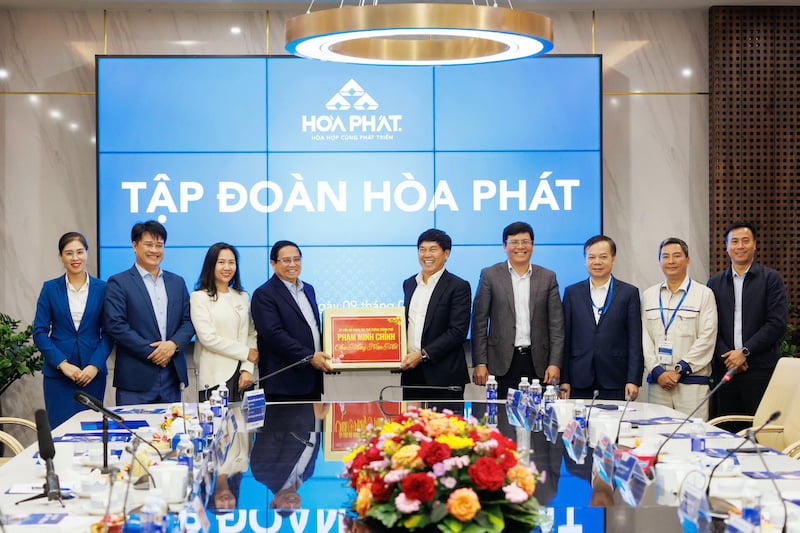

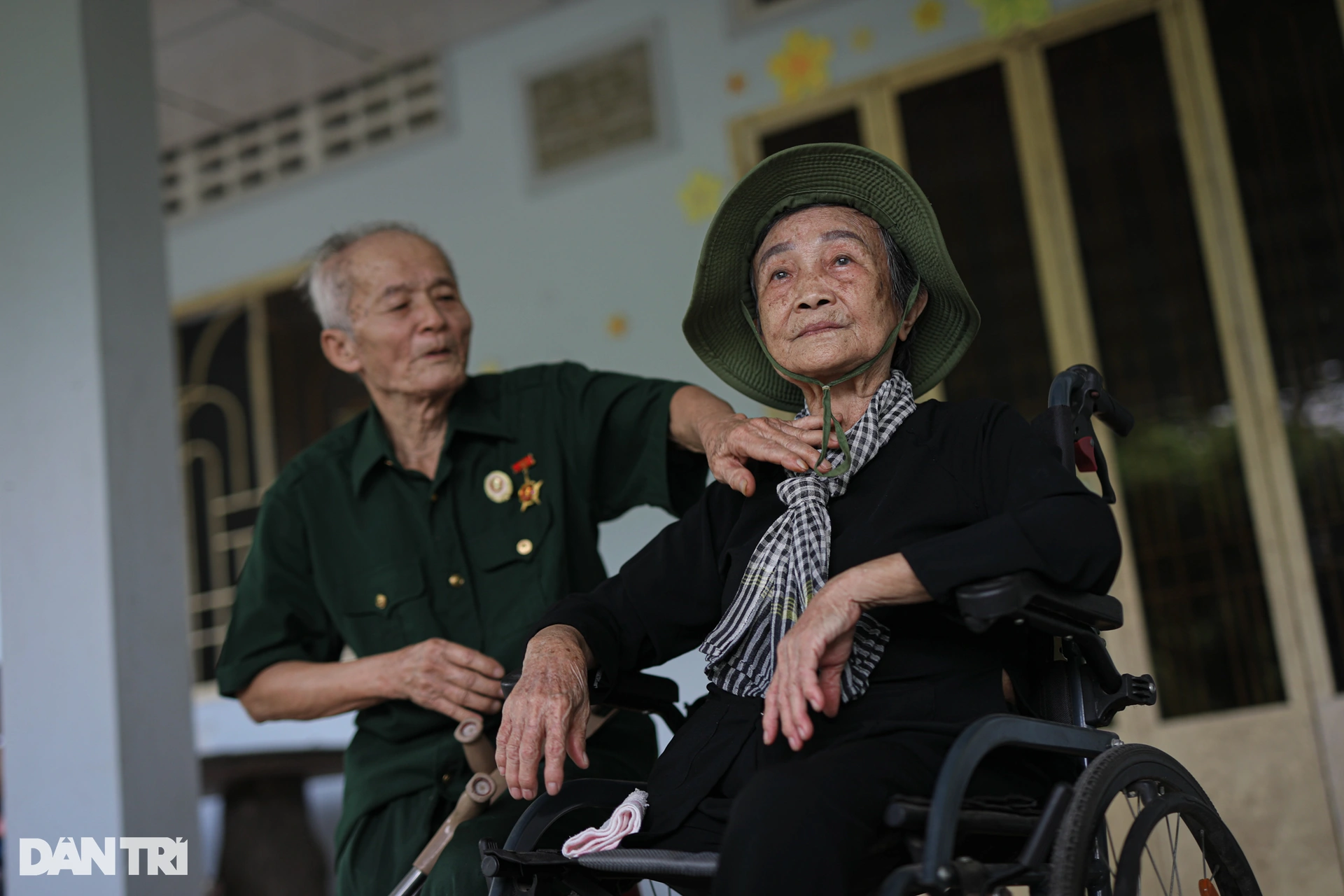

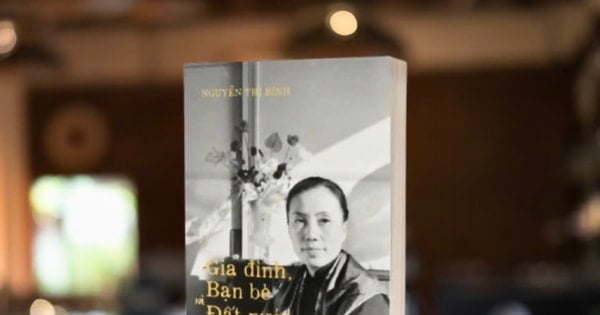

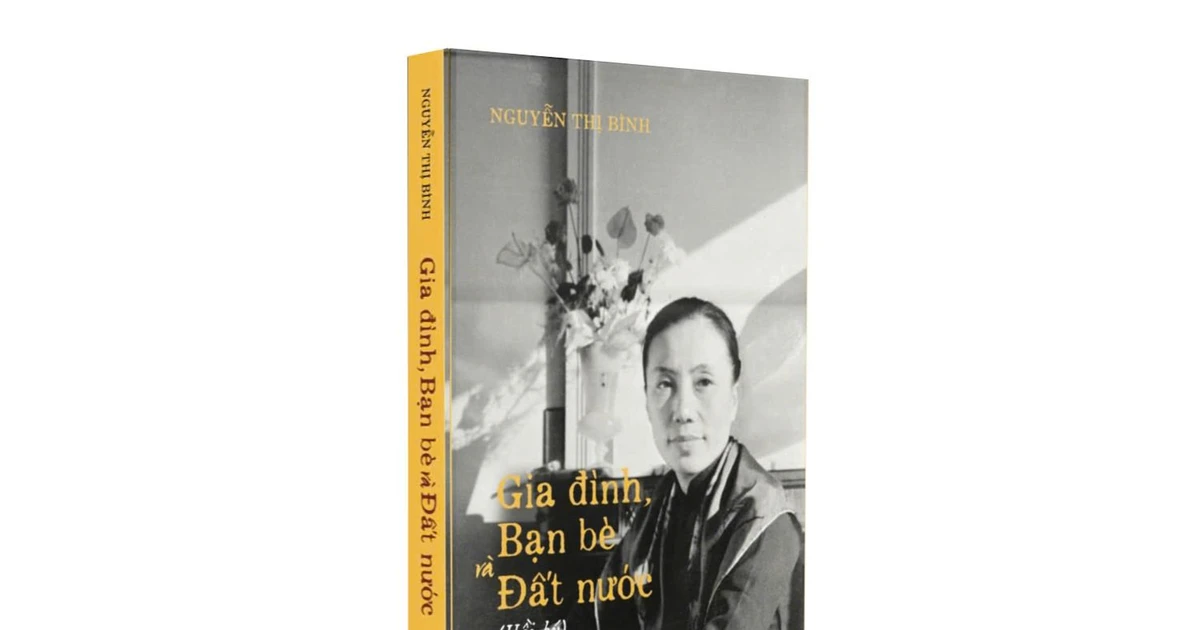
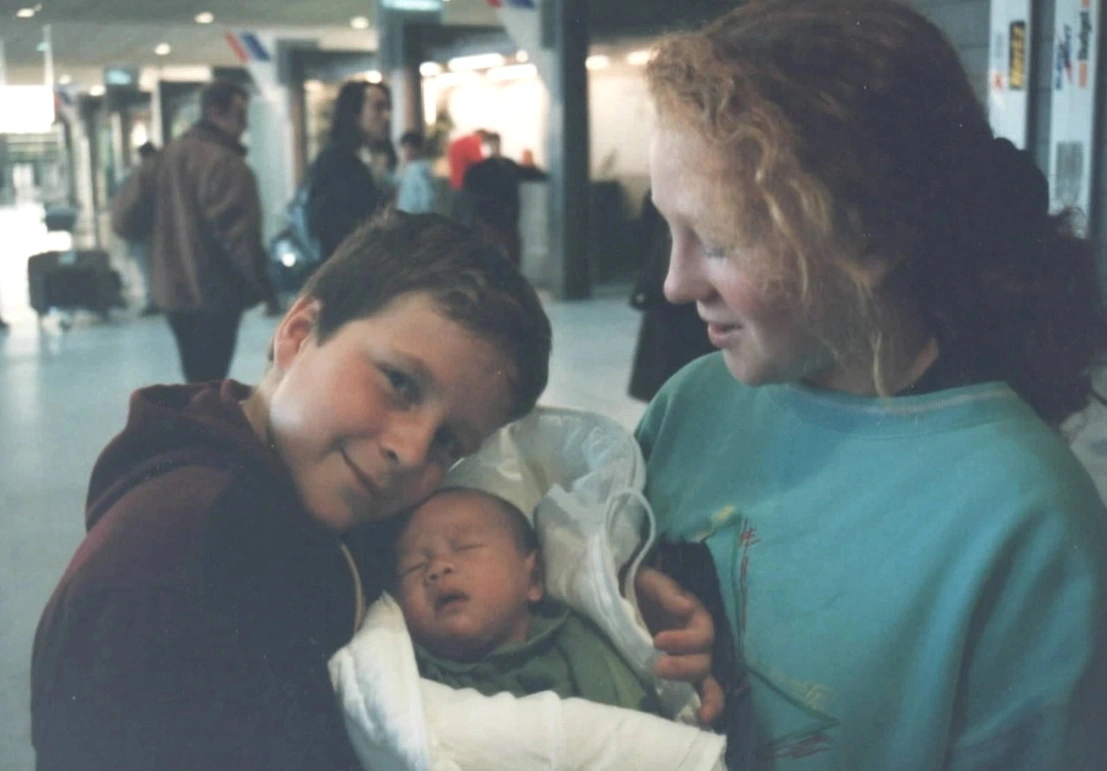
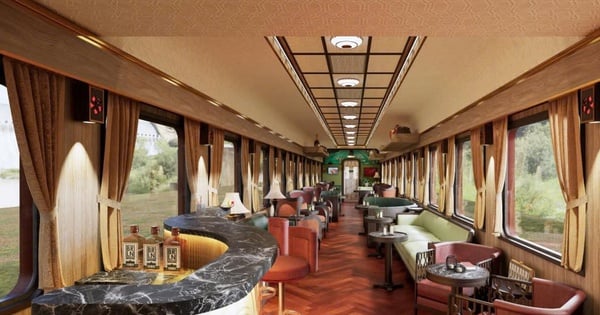



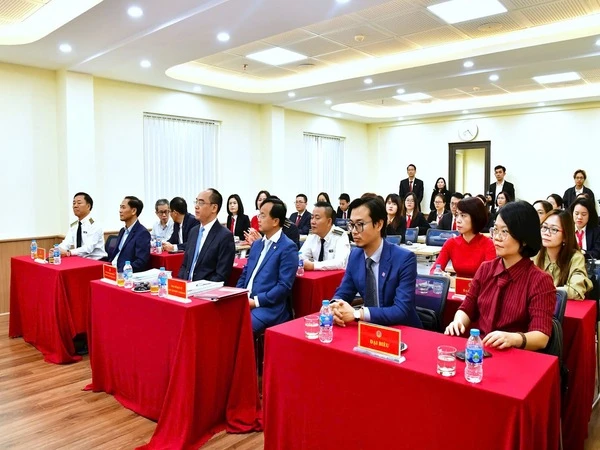


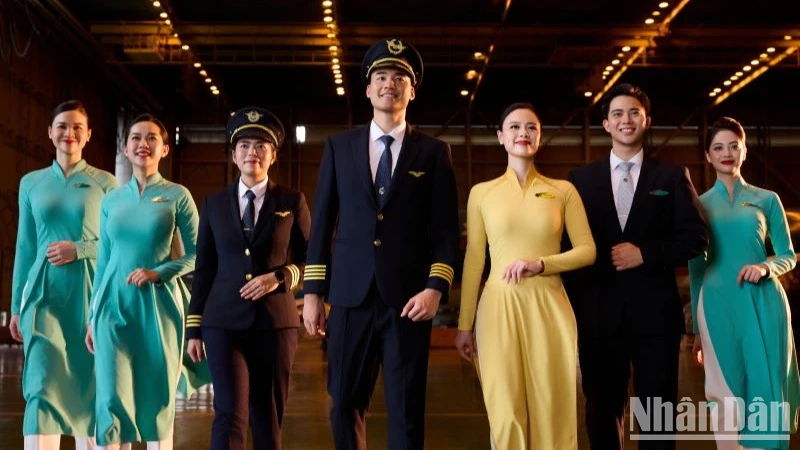
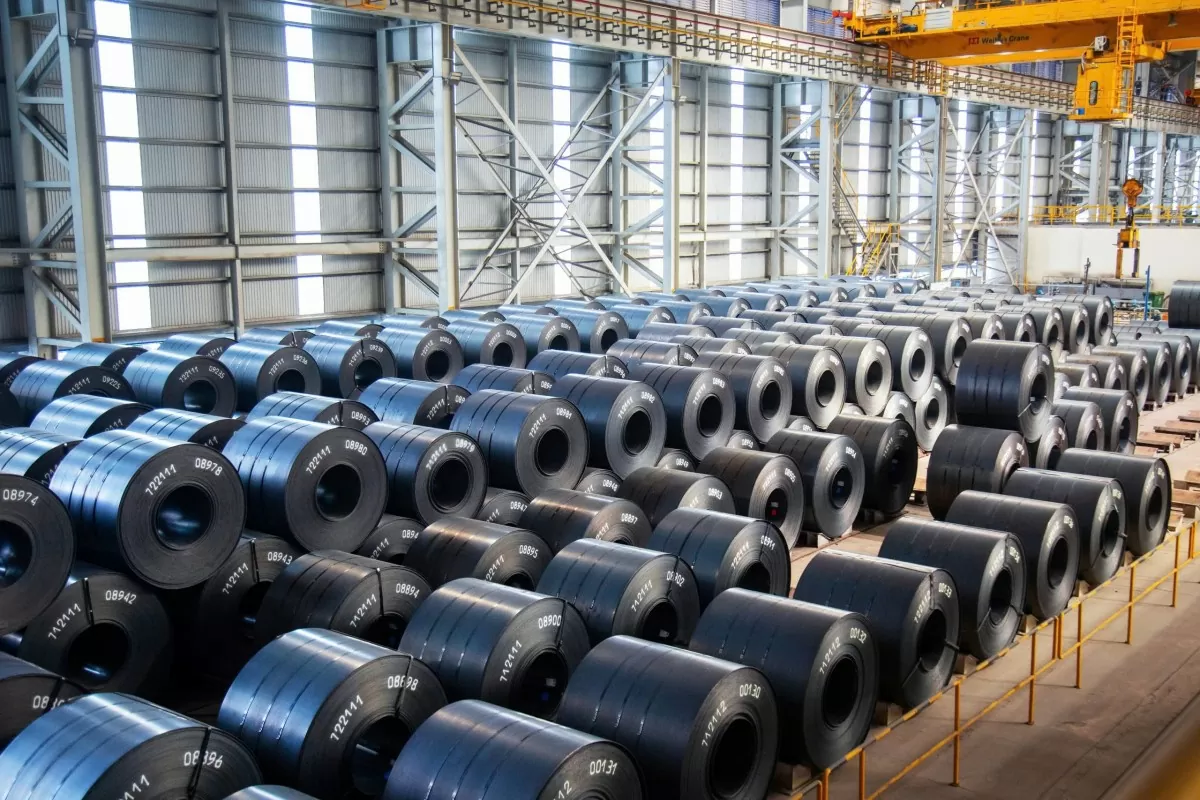


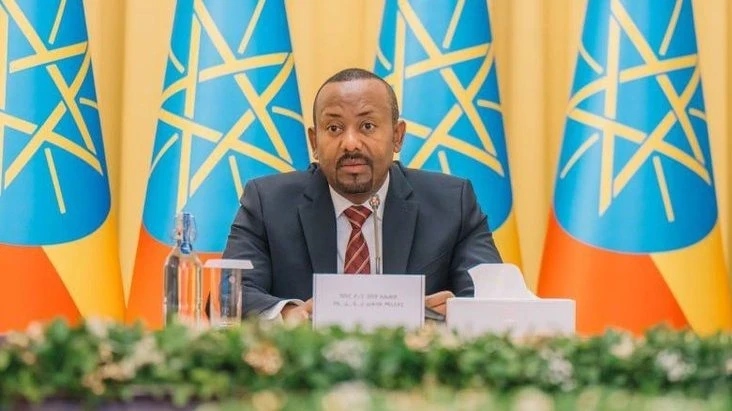
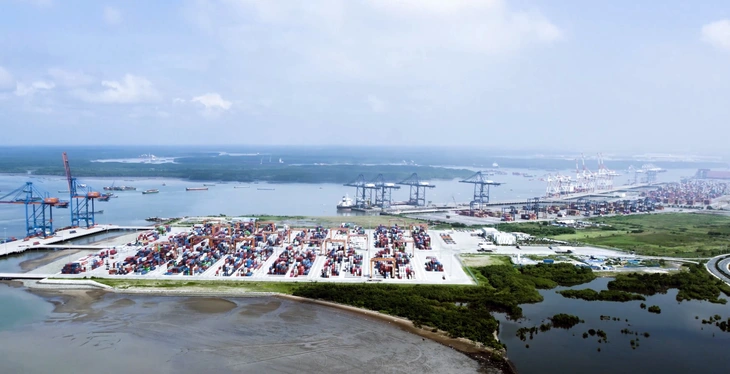

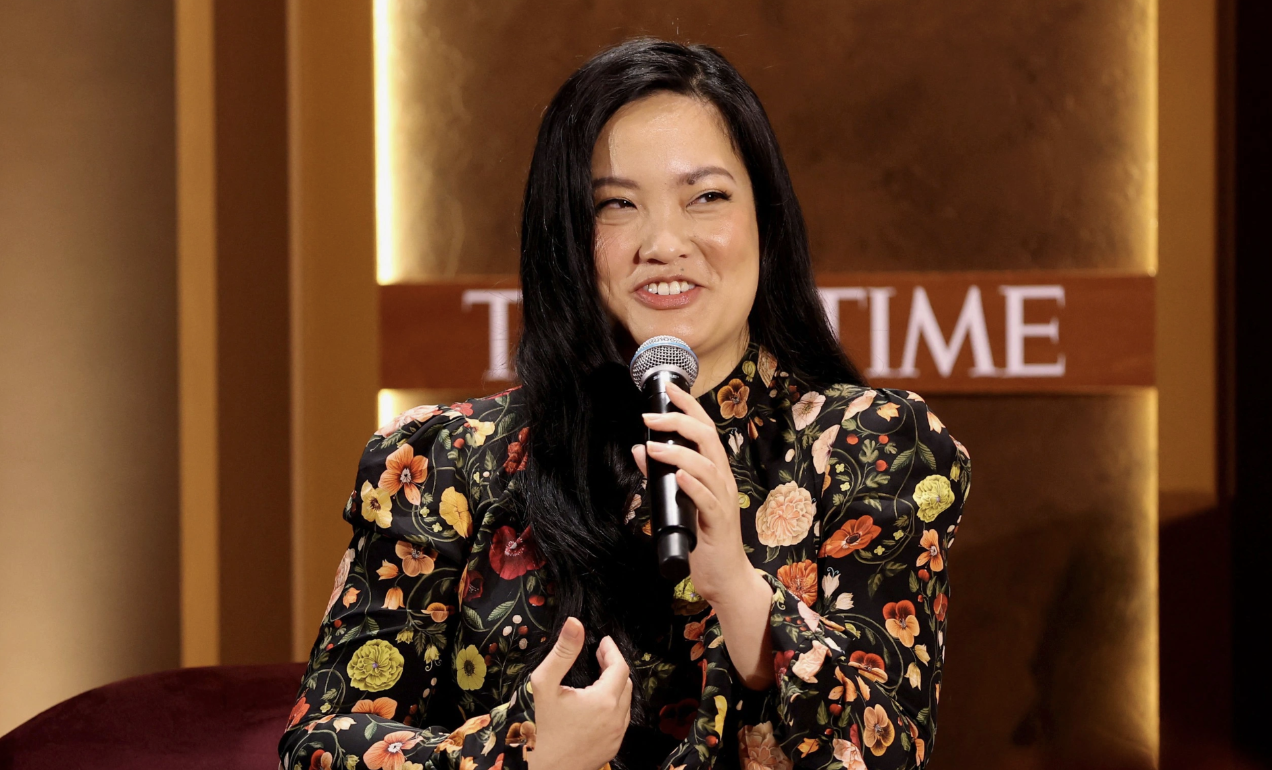

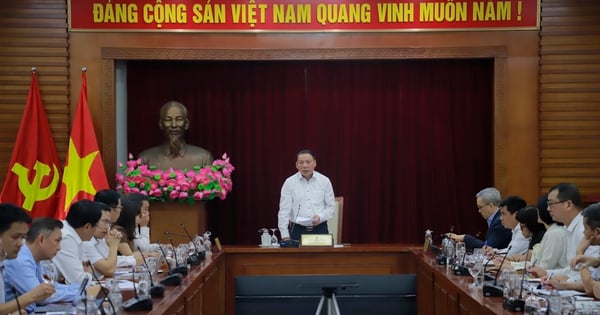

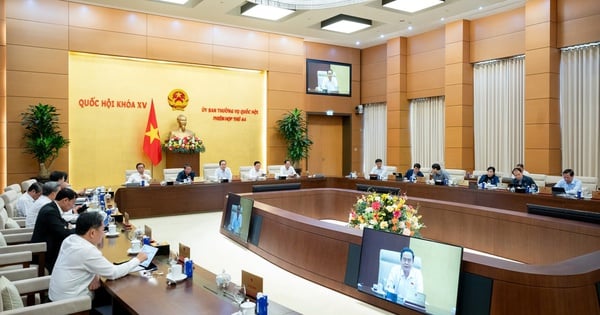

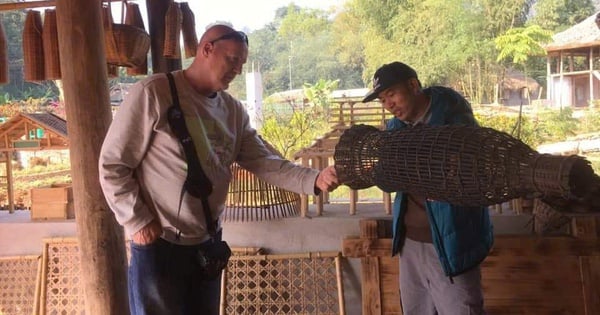
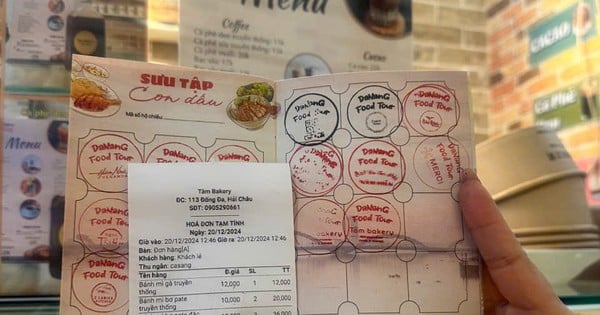
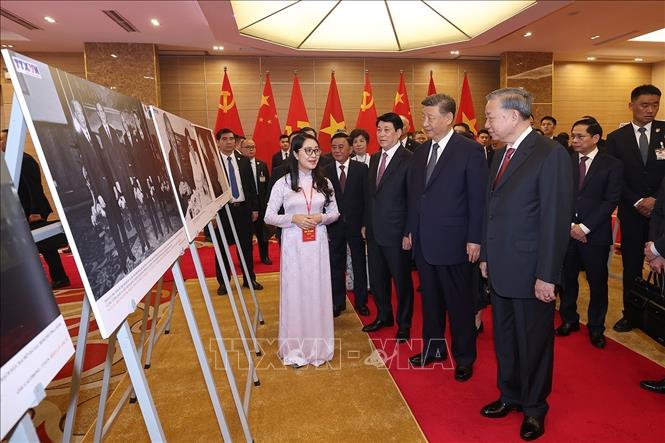

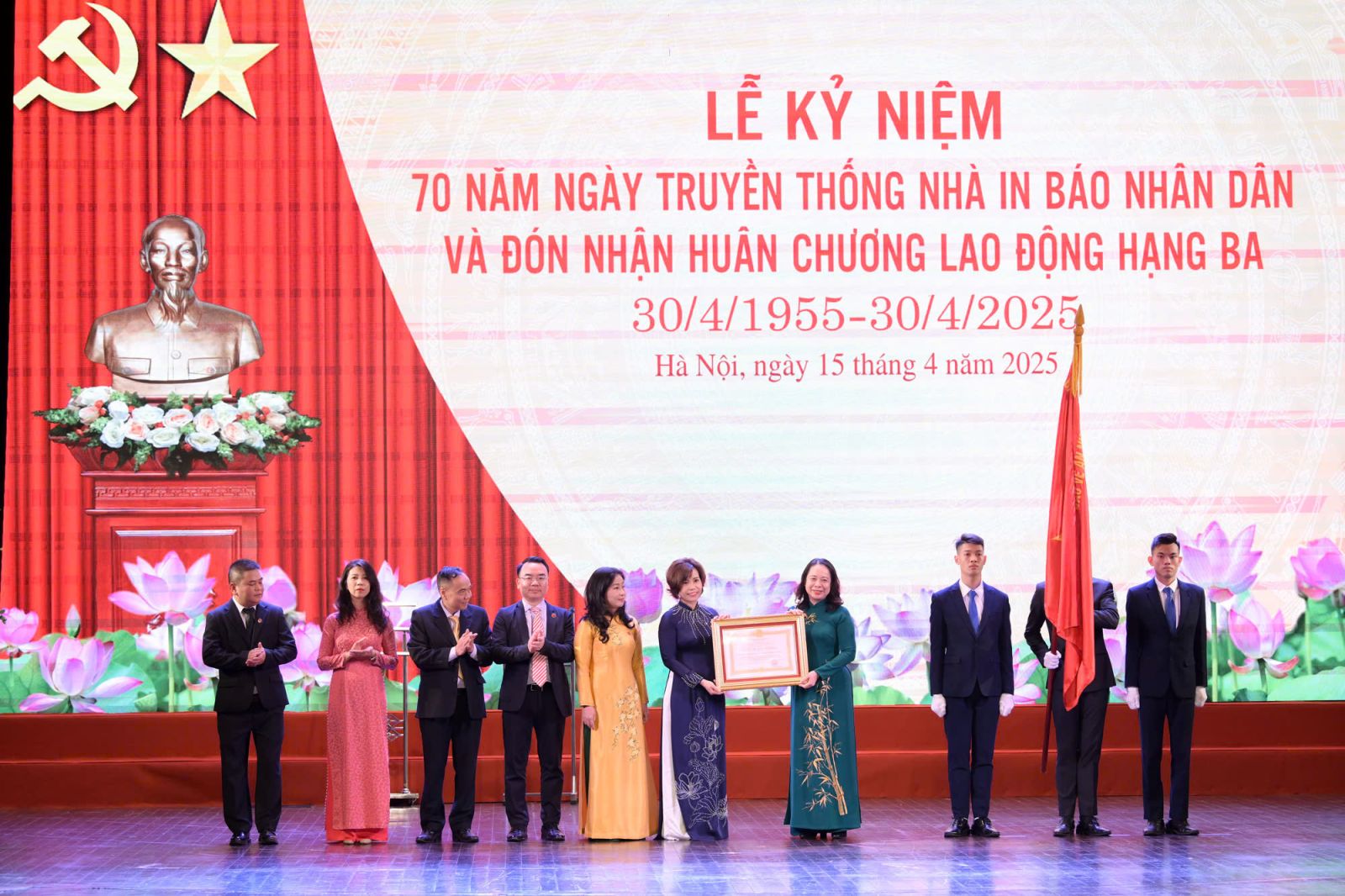
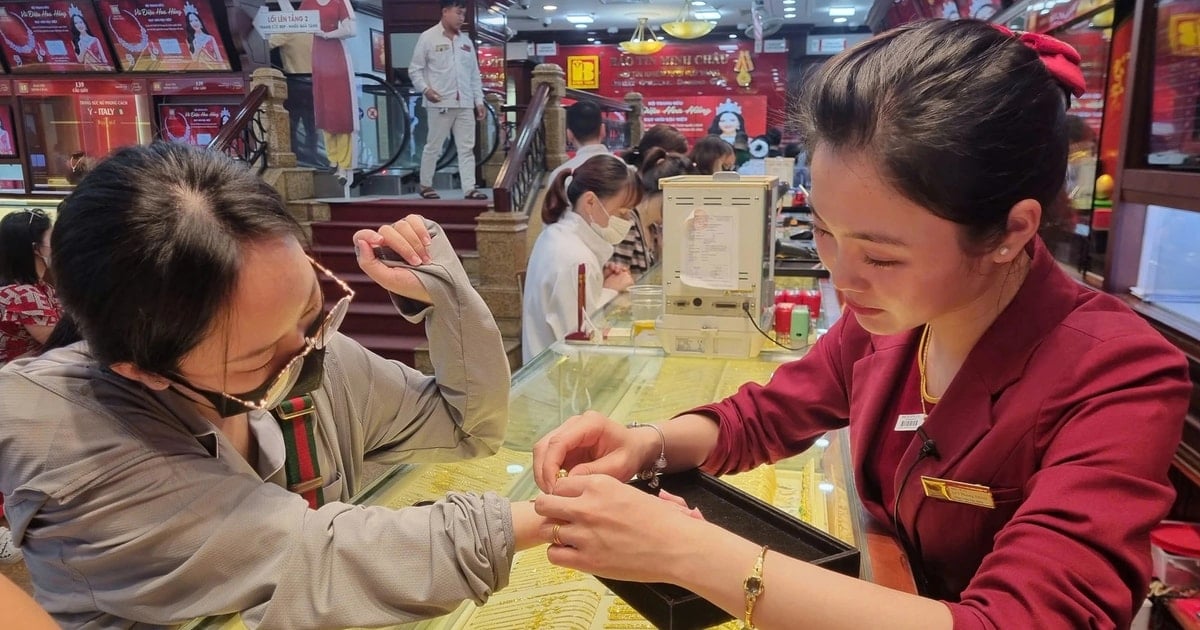

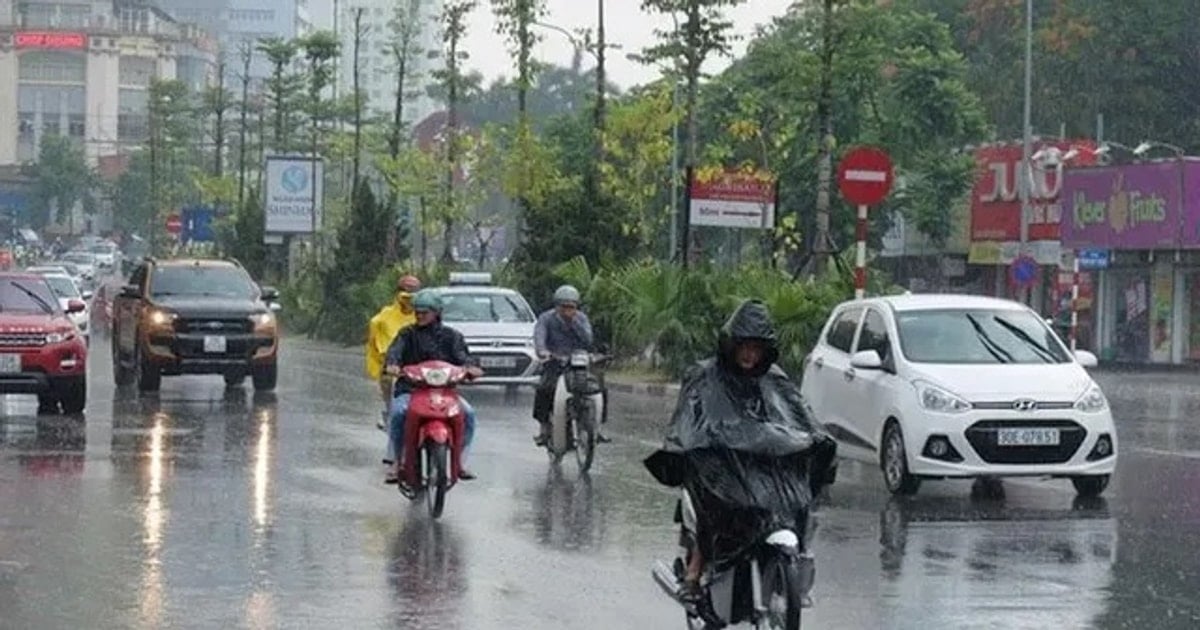
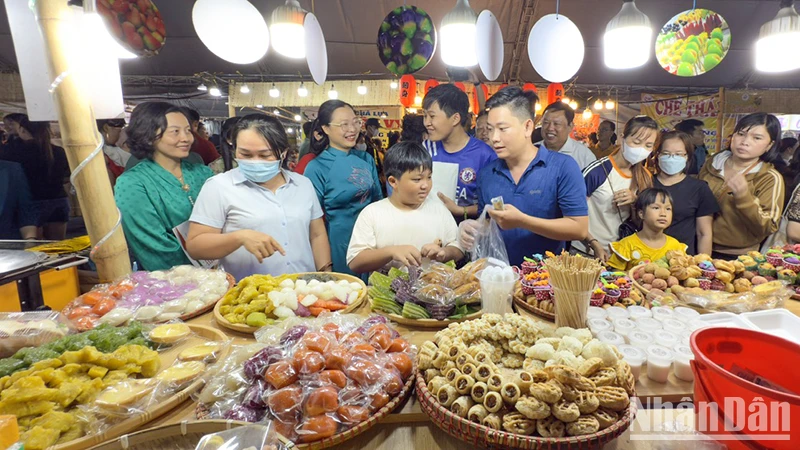
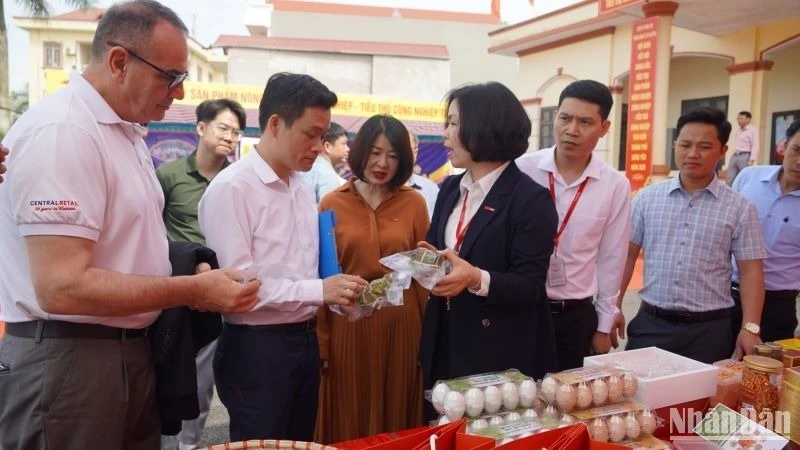
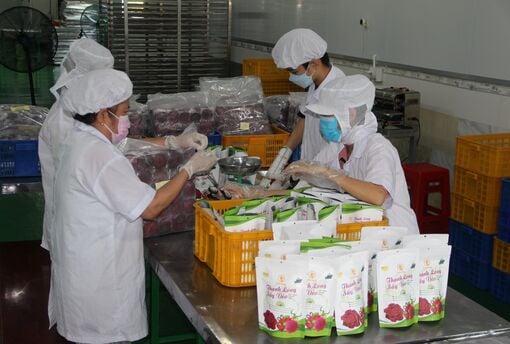

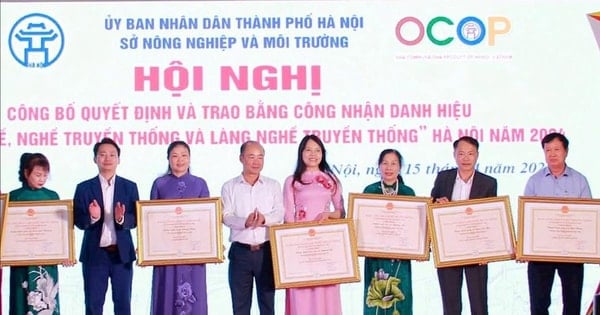
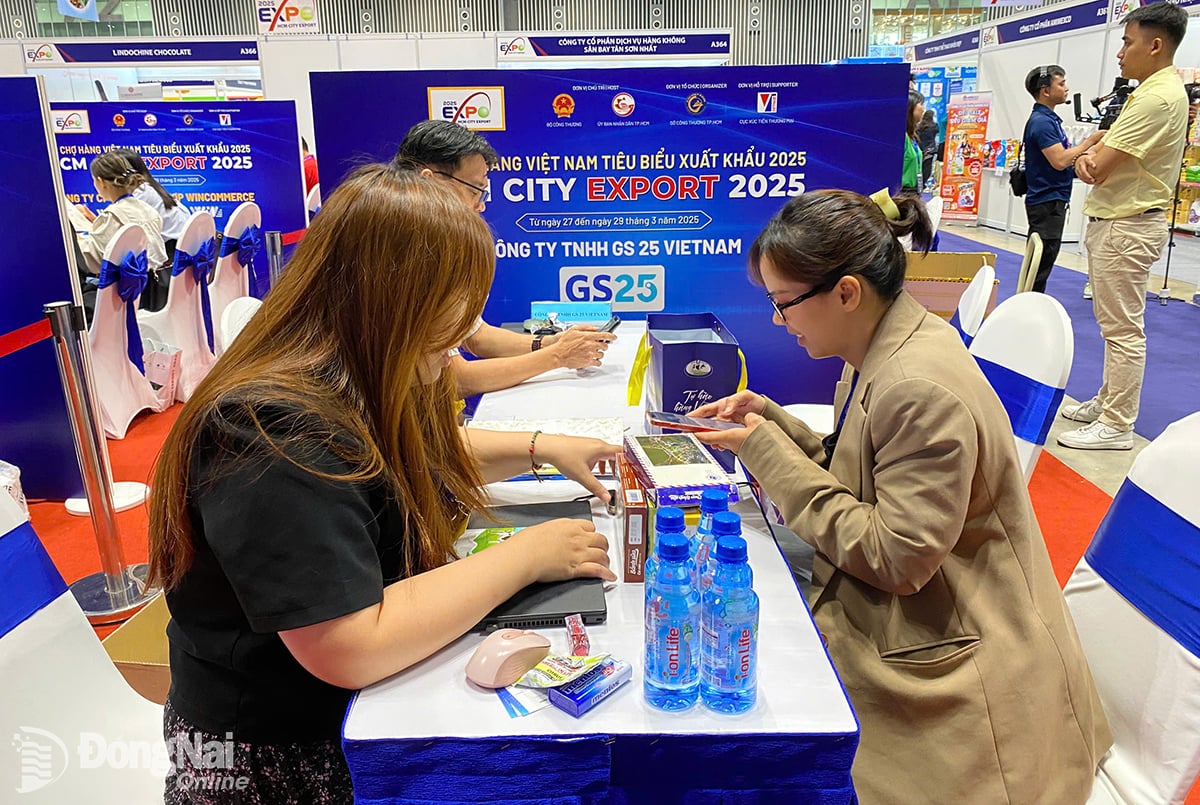

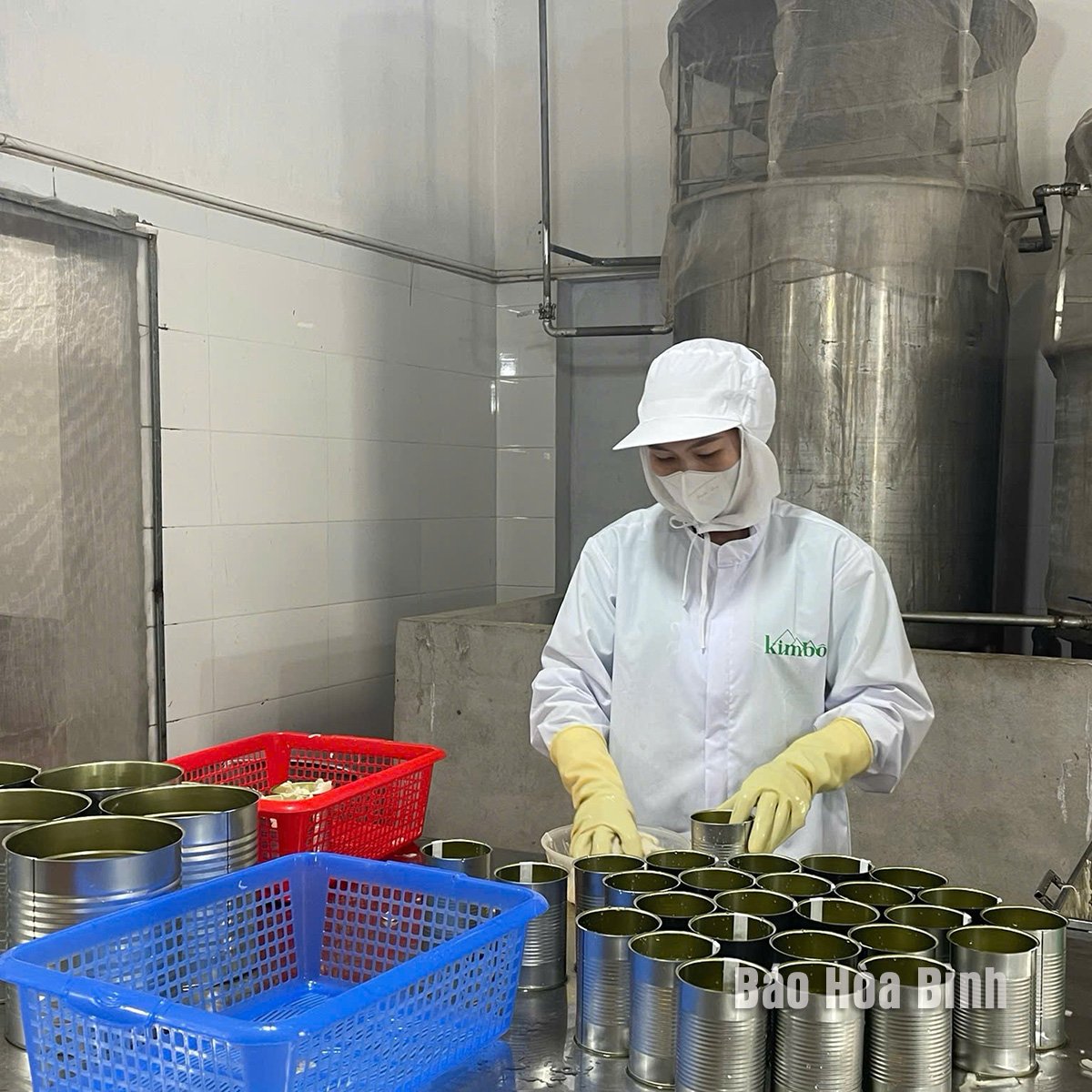
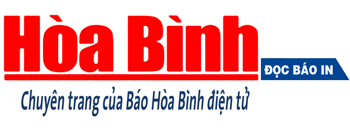
Comment (0)